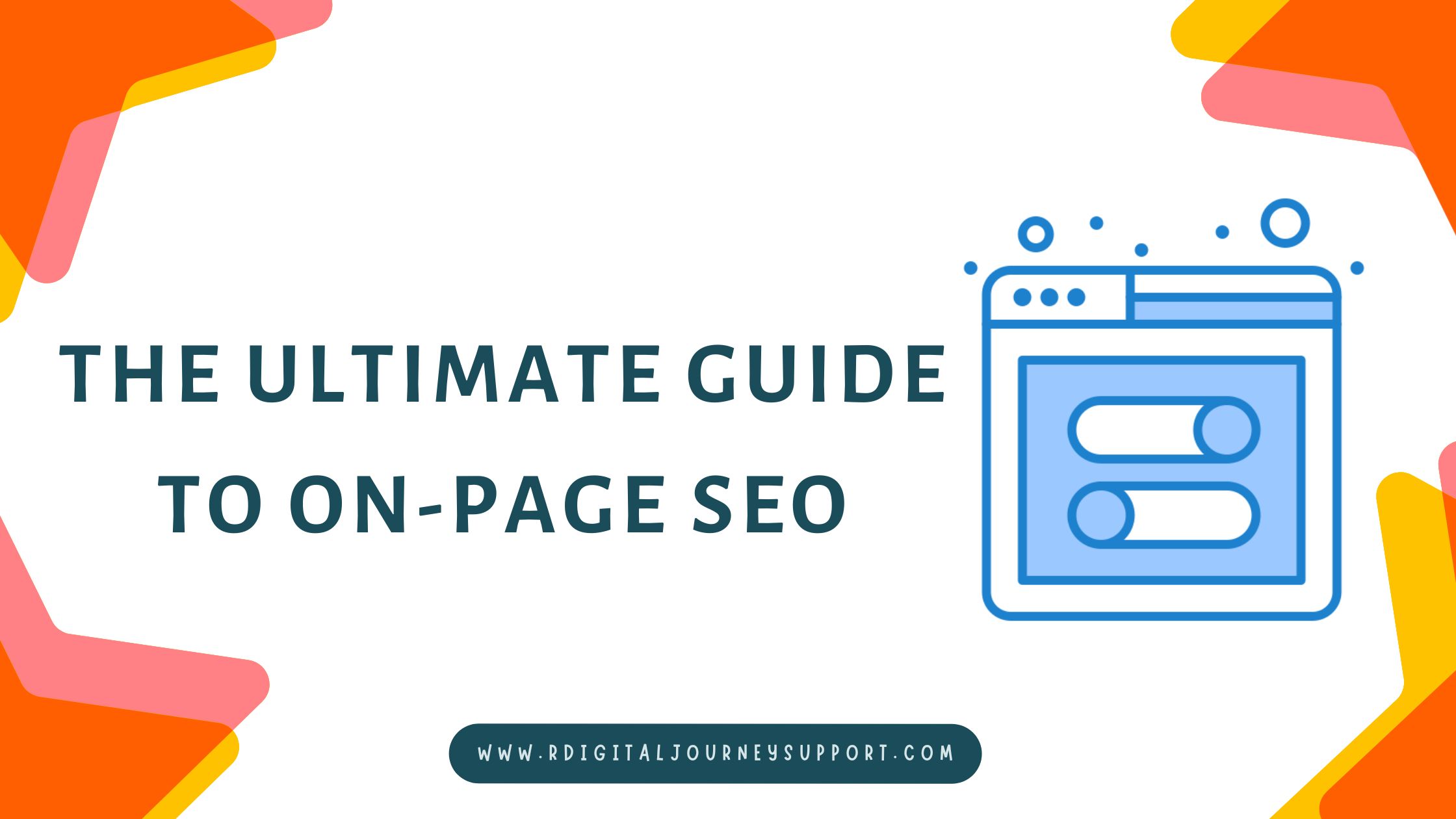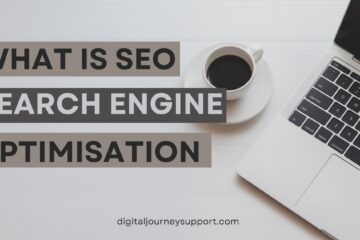On-page SEO is a crucial aspect of website optimization, as it helps search engines understand the content on your website and how it relates to the keywords people are searching for. It’s a process of making your website as search engine friendly as possible, to improve your visibility and drive more traffic to your site.
In this ultimate guide to on-page SEO, we’ll cover the basics of what on-page SEO is, why it’s important, and how to optimize your website for better search engine rankings.
What is on-page SEO?
On-page SEO refers to the process of optimizing the content and structure of your website to improve its visibility and rankings in search engine results pages (SERPs). This includes optimizing your website’s meta tags, title tags, headings, images, and overall content to make it more search engine friendly.
Why is on-page SEO important?
On-page SEO is important because it helps search engines understand the content on your website and how it relates to the keywords people are searching for. By optimizing your website for search engines, you can improve your visibility and drive more traffic to your site.
How to optimize your website for on-page SEO
Use relevant keywords
One of the most important aspects of on-page SEO is using relevant keywords throughout your website. These keywords should be included in your meta tags, title tags, headings, and throughout your content.
When choosing keywords, it’s important to think about the intent behind the search query. For example, if someone is searching for “best running shoes”, they’re likely looking for information about the top running shoes on the market. On the other hand, if someone is searching for “running shoes near me”, they’re likely looking for a physical store where they can buy running shoes.
Optimize your meta tags
Meta tags are HTML tags that provide information about your website to search engines. The two most important meta tags for on-page SEO are the title tag and the meta description.
The title tag is the text that appears in the browser tab when someone visits your website. It’s also the text that appears in search engine results pages (SERPs) as the title of your website. The title tag should be concise, relevant, and include your primary keyword.
The meta description is the text that appears below the title in SERPs. It should be a brief summary of what your website is about, and should also include your primary keyword.
Use headings correctly
Headings are important for on-page SEO because they help search engines understand the structure of your content. There are six different heading levels (H1-H6), with H1 being the most important and H6 being the least important.
Your primary keyword should be included in your H1 heading, and it’s also a good idea to include it in other headings throughout your content.
Optimize your images
Images are important for on-page SEO because they can help break up text and make your content more visually appealing. However, it’s important to optimize your images for search engines by using descriptive file names, alt tags, and captions.
The file name of an image should be descriptive and include your primary keyword. For example, if you’re writing a blog post about the best running shoes, the file name of your images should be something like “best-running-shoes.jpg”.
Alt tags and captions are also important for on-page SEO.
Alt tags provide a text alternative for search engines to understand the content of an image. This is especially important for visually impaired users who use screen readers to navigate the web. The alt tag should be a brief, descriptive text that includes your primary keyword.
Captions are text that appears below an image, and they help to provide context to the image. Captions should also be descriptive and include your primary keyword.
Use internal linking
Internal linking is the process of linking to other pages on your website. This helps search engines understand the structure of your website and can also help to keep visitors on your site longer.
When creating internal links, it’s important to use relevant, descriptive anchor text. This text should include your primary keyword and provide context about the linked page.
Optimize your content
Optimizing your content for on-page SEO is about making it as search-engine-friendly as possible. This includes using relevant keywords, writing concise, high-quality content, and formatting your text with headings, images, and lists.
Also Read This:10 Proven SEO Techniques to Increase Your Rankings
When writing your content, it’s important to keep in mind the intent behind the search query. Your content should be informative, and helpful, and provide value to your readers.
In conclusion, on-page SEO is a crucial aspect of website optimization, as it helps search engines understand the content on your website and how it relates to the keywords people are searching for. By optimizing your website for search engines, you can improve your visibility and drive more traffic to your site. Remember to use relevant keywords, optimize your meta tags, use headings correctly, optimize your images, use internal linking and optimize your content. Following these steps will help you to improve your on-page SEO and achieve better search engine rankings.





[…] Suggested Post:The Ultimate Guide to On-Page SEO […]